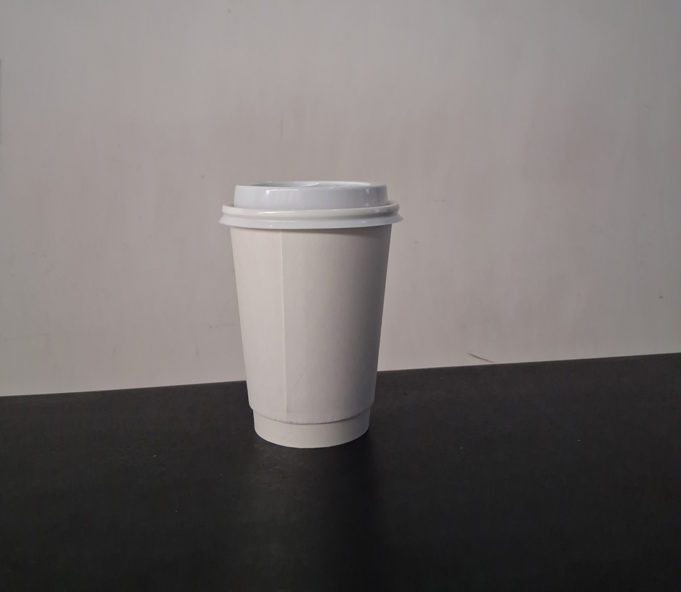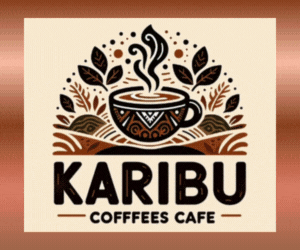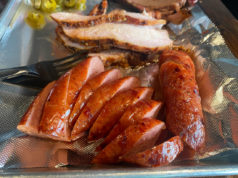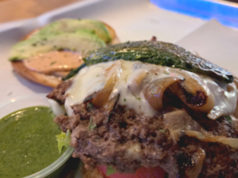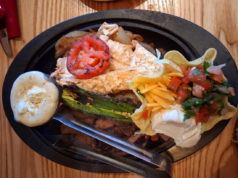One bright, shiny Fort Worth afternoon, needing my coffee fix — because, to be honest with myself, it is a drug, and I’m not ashamed of my addiction — I missed my exit to the shop of my choice but was happy to see another independent coffeeshop nearby. I won’t name it because I don’t need to. And you won’t recognize it by description. Aside from a couple of details, it looks like a lot of other coffeeshops you will find now.
Tucked into the corner of a framed poster, an image that looked like a caricature of me snagged my attention. I asked what it was and was told it is the logo for an oatmilk company. Sure enough, her name is Penny, and, yes, she looks like me. There is Penny merch galore. It is weird to see yourself on merch that you had no idea existed. This has caused quite the rift in my psyche. I ordered anyway, a cinnamon latte, or that was the description. But it was a lie.
The coffee was bland and flavorless. Like it, the place was pure pablum, an innocuous name in a harmless font on a vinyl sticker on the window, with neutral wood, beige, and white tones, creating basic shapes drawn into furniture with sterile ambiance. Like a hospital cafeteria or a 1920s schoolhouse. Yes, this describes almost every coffeeshop I have run into with the exception of a few. I know those by name because the names are worth knowing. They have flavor and personality and an actual concept that is not simple vanilla.
If it sounds like I’m calling out some coffeeshops, that’s because I am. I drink coffee because it is bold, bitter, powerful, and muthafuckin’ strong and delicious. Now it’s just cream. White, plain, flavorless, and full of filler trying to trick you into thinking you are drinking something real. It’s fluff.
It would be easy to assume I am pointing the finger at Starbucks, but I am not. They may have started the coffee-contamination trend on a widespread track, but they are a chain and cannot control their decor or their menus outside of what corporate allows. Basically, this is to be expected from all big chains.
What floors me is the independently owned coffeeshops. With free range and the wild and wonderful capacity to maintain and even add excitement to this intense and vibrant drink, they use their freedom to choose to do anything but. They sacrifice the soul of coffee to appeal to the masses, who lack an adventurous palate.
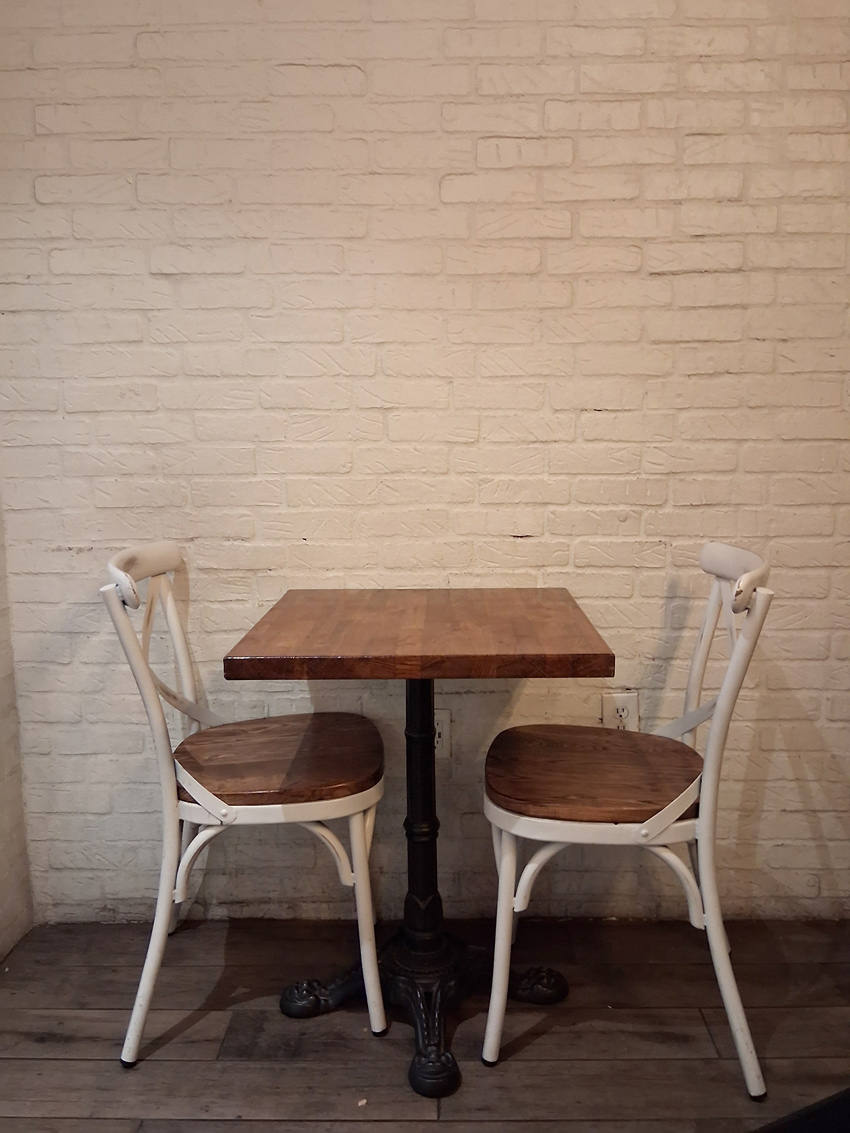
Photo by Kena Sosa
Coffee is a natural stimulant, and where in this environment is any stimulation? Coffee grows in the Bean Belt between the Tropic of Cancer and Tropic of Capricorn in countries that are very hot, experience quenching regular rainfall, and have rich and fertile soil and high altitudes. There is nothing bland about those conditions. No wonder coffee is potent, bitter, and favors the brave! It is birthed from the conditions that divinely say so! What’s happening now is literally removing the culture from a cultural drink.
Coffee was a world traveler. First discovered as an energy-fueled delight in Ethiopia, it eventually made its way on trade routes to the Middle East, where it brought people together. The first coffeehouses were created in the 1600s. As coffee does, it opened people up to socializing with those of any social ranking and background, something Sultan Murad IV did not like. He made this a crime punishable by very violent means. It was fear that brought this about. The government did not want people to gather, discuss events openly, and combine forces. Some still find people gathering to be dangerous.
By the time the bans in the Ottoman Empire had expired, coffee was now raging through Europe, where its powerful taste somehow began the same phenomenon, bringing together open-minded people with revolutionary ideas, as if the aroma itself sparks rebellion. King Charles II was suspicious of those who smelled of roasted coffee, concerned they were plotting. He instituted a ban on coffeehouses, but the people spoke up and the doors opened once more, not only to the coffeehouses but to free thought.
Coffeehouses were free of social rankings and expectations, allowing for discourse of philosophy, art, literature, and new concepts throughout the culture. They even became known as “penny universities,” where it cost very little to be included in conversation usually reserved only for higher institutions of learning. This was for the men, of course. It is not clear whether women were allowed in on the smart fun, too. By the time WWII ignited, the cultural icons of the day still gathered in coffeehouses to inspire one another in Paris.
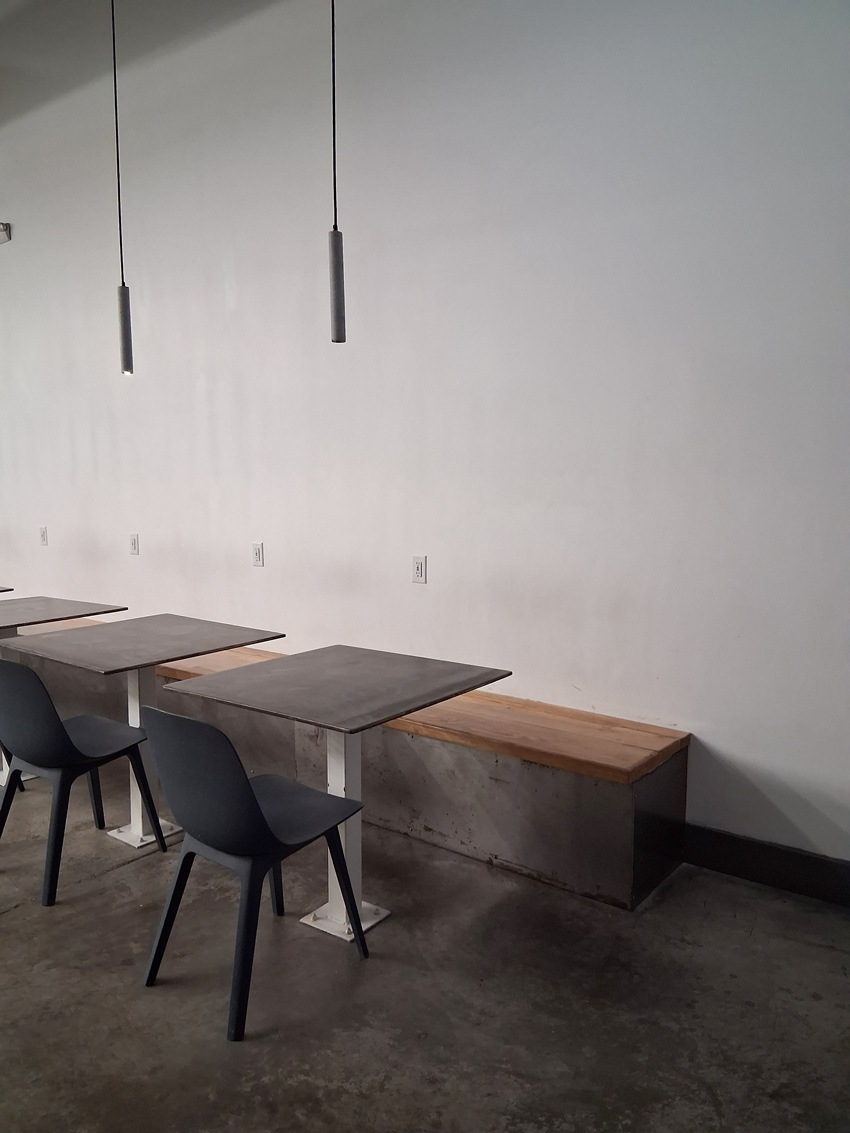
Photo by Kena Sosa
In the United States, the effects of coffee and its refusal to conform had spilled into the American Revolution. When Americans grew weary of the British tea taxes, many opted for coffee instead. Green Dragon Tavern, which served both coffee and liquor, was nicknamed Headquarters of the Revolution for hosting meetings for a new government.
Not just one revolution but a few have been tied to coffeehouses. They were targeted by the French authorities during the revolution for giving space to writers and activists and for fostering “mad agitation.” Later, the aroma from Parisian cafes like La Rotunde drew in writers from abroad, too, like Hemingway, F. Scott Fitzgerald, and T.S. Eliot.
As the world shifted in the 1960s, people gathered at coffeehouses to discuss civil rights and the arts. Political movements continued even into this century as the free-thinking got together and discussed politics like during the Arab Spring in the early 2000s. Even in Seattle, as coffee became a phenomenon, discussions of modern ideas like sustainability and free trade blossomed.
So, what happened? To appeal to more people, we sugar-coated coffee and made it cutesy. Its power was trimmed back by trends. It was full of life, and so we stripped it of it. Coffee basically became gentrified and overpriced, and it started charging you to park. But it’s not too late — or too latte. We can get it back.
To water down and suffocate this flavorful excitement is to waste it completely. But that is what we do. We try to hammer square pegs, those who refuse to go along with the crowds, into boring holes, where there is no beginning or end. We refuse to let rebels enjoy and accept and love being rough around the edges.
If you own a coffeeshop, make it truly your own: add color to a wall, encourage chatter, host events, and make coffee that qualifies as a drink and not an Instagrammable dessert. You could restart that mad agitation that breeds loyalty, respect, and a-ha moments. Or not. You could continue this path and miss out on being part of something meaningful.
And to those who just want a cute photo to show their friends, whose cups runneth over and get poured out, go drink your sugar-milk, psychopaths. Leave the coffee for us trailblazers, temptresses, and true trendsetters.
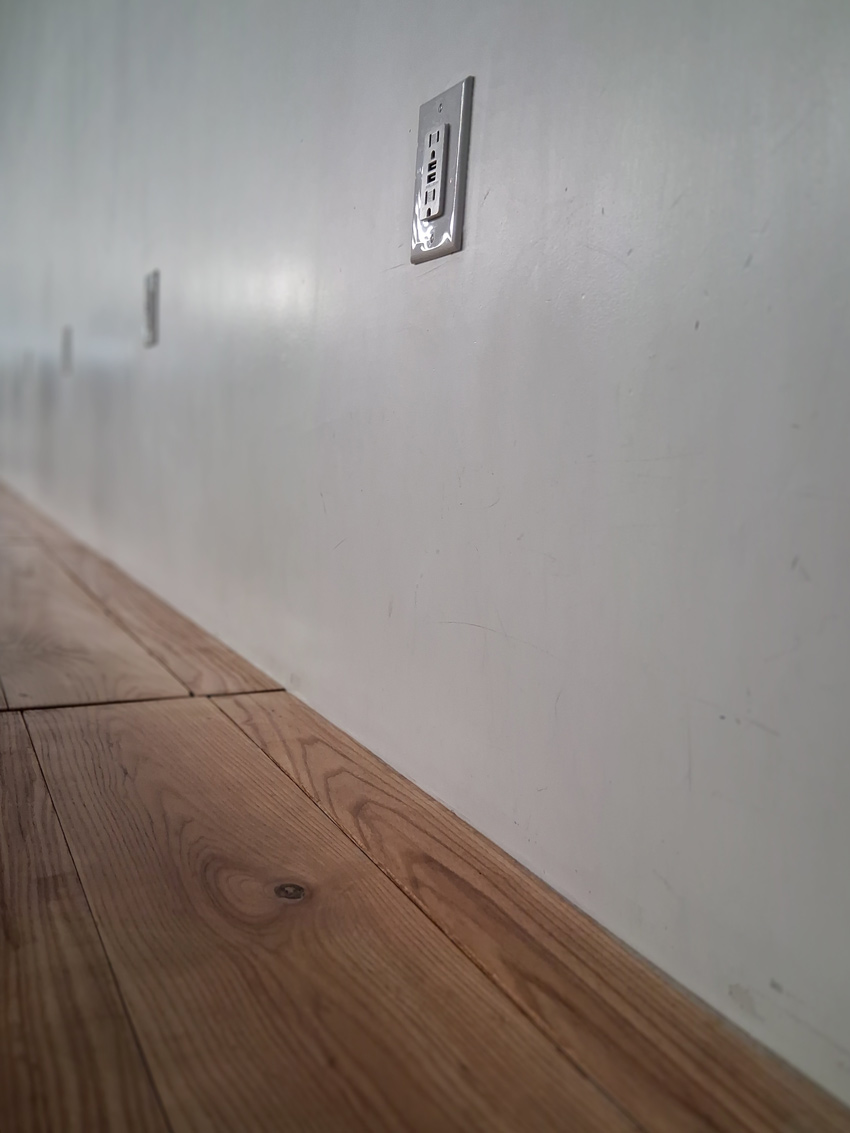
Photo by Kena Sosa



